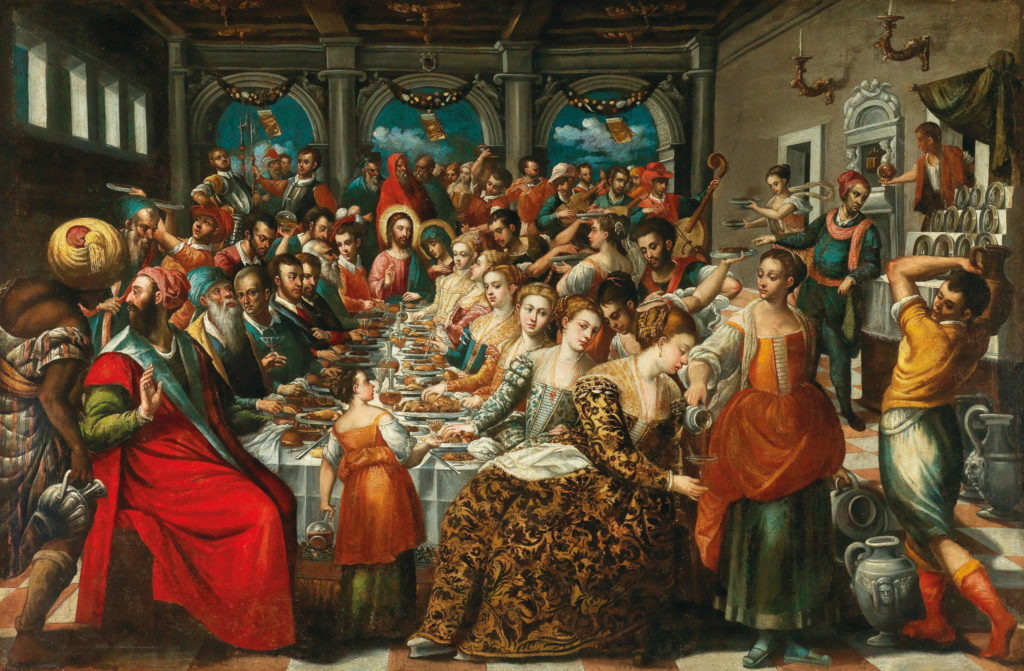“And Jesus said to her, ‘O woman, what have you to do with me? My hour has not yet come’ ” (John 2:4).
Sometimes Jesus says something that seems very odd. This is one of those times.
Why would he talk to his mother that way?
Well, there are many possible reasons. But the main reason, I believe, is that he wanted to echo other biblical uses of the title “woman” — one from the past and one from the near future.
For in just a few years Jesus would again address Mary as “woman.” When he hung dying on the cross, he called her “woman” as he gave her as mother to his beloved disciple, John (John 19:26).
But his use of the word also echoes the first book of the Bible. There, “woman” is the name Adam gives to Eve (Genesis 2:23). Jesus, then, is addressing Mary as Eve to the New Adam — which heightens the significance of the wedding feast they’re attending, whose historical bride and groom are never named.
“Woman” redefines not only Mary’s relationship with Jesus, but also with all believers. When Jesus gave her over to his “beloved disciple,” in effect he gave her to all his beloved disciples of all time. Like Eve, whom Genesis (3:20) calls “mother of all living,” Mary is mother to all who have new life in baptism.
At Cana, then, the New Eve radically reversed the fatal decision of the first Eve. It was “woman” who led the old Adam to his first evil act in the garden. It was “woman” who led the New Adam to his first public miracle.
The figure of Eve reappears still later in the New Testament, in the Book of Revelation, which is also attributed to John. There, in chapter 12, we encounter “a woman clothed with the sun,” who confronts “the ancient serpent, who is called the devil.” These images hark back to Genesis, where Eve faced the demonic serpent in the Garden of Eden, and where God cursed the serpent, promising to “put enmity” between him and “the woman … and her seed” (Genesis 3:15). Yet the images of Revelation also evoke the New Eve — who gave birth to a “male child” (v. 5) who would “rule all the nations.” That child could only be Jesus; and so the “woman” in Revelation could only be Jesus’ mother.
In Revelation, however, the New Eve prevails over evil, unlike her long-ago “type” in the Garden of Eden.
Both the old Eve and the New were created without sin. But only Mary remained sinless and kept God’s commands.
The early Church Fathers spoke with one voice of Mary as the New Eve. The Church carried on its reflection on Mary’s sinlessness over almost two millennia before the dogma was promulgated.
The medieval poets summed up the matter neatly by pointing out that the Angel Gabriel’s “Ave” (the Latin greeting) reversed the name of Eva. So also did it reverse the rebellious inclination Eve left to her children — and replace it with the readiness to obey, which Mary wants to teach us when she says: “Do whatever he tells you.”

